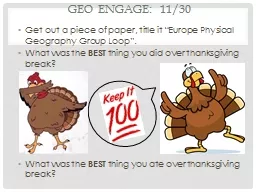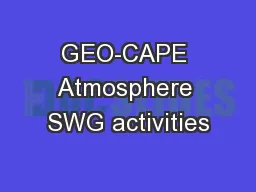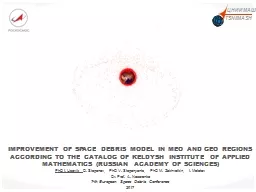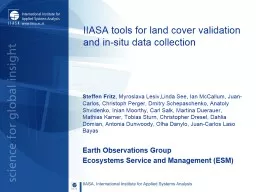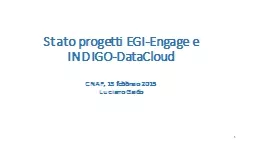PPT-Geo Engage: 11/30
Author : aaron | Published Date : 2017-10-08
Get out a piece of paper title it Europe Physical Geography Group Loop What was the BEST thing you did over thanksgiving break What was the BEST thing you ate
Presentation Embed Code
Download Presentation
Download Presentation The PPT/PDF document "Geo Engage: 11/30" is the property of its rightful owner. Permission is granted to download and print the materials on this website for personal, non-commercial use only, and to display it on your personal computer provided you do not modify the materials and that you retain all copyright notices contained in the materials. By downloading content from our website, you accept the terms of this agreement.
Geo Engage: 11/30: Transcript
Download Rules Of Document
"Geo Engage: 11/30"The content belongs to its owner. You may download and print it for personal use, without modification, and keep all copyright notices. By downloading, you agree to these terms.
Related Documents

